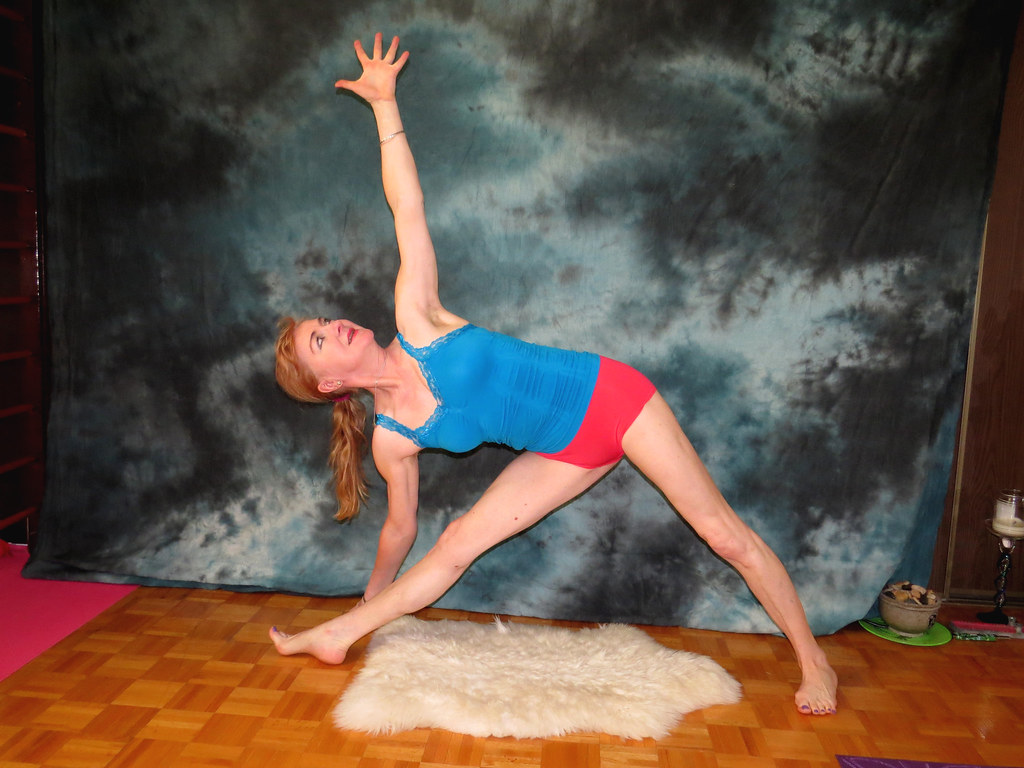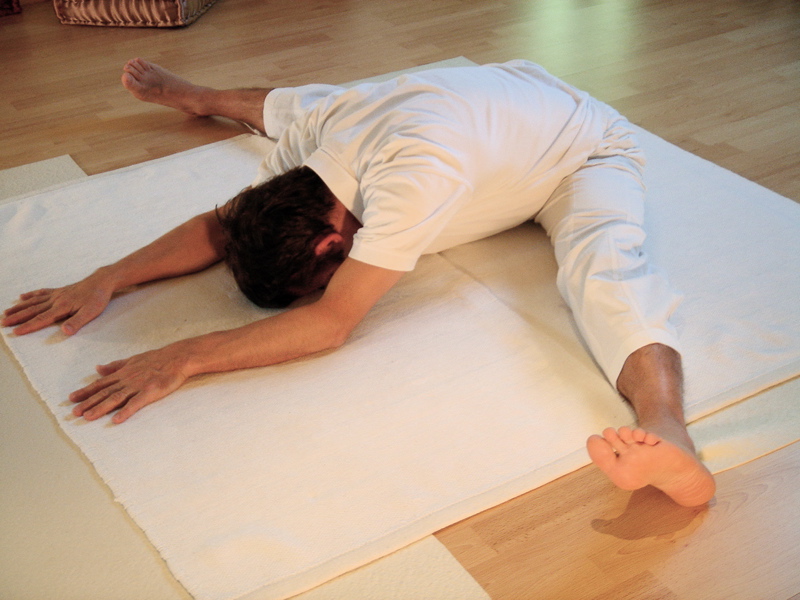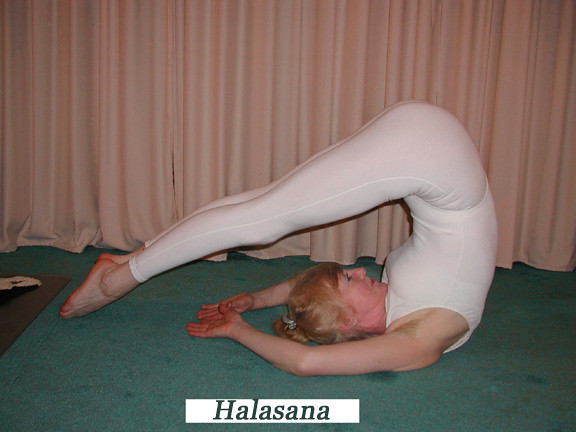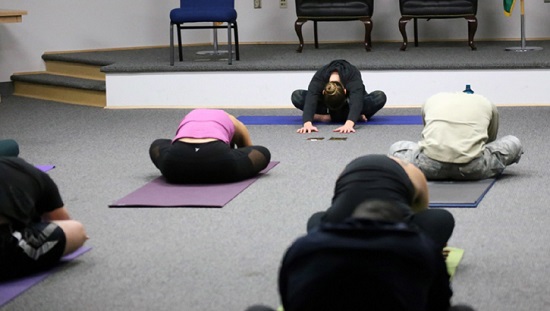Whole world celebrates International Day of Yoga June 21 (also the Annular Solar Eclipse). But there will be no mass yoga practices this year due to the ongoing global pandemic.
In today’s busy world, stress has become an unwanted part of our lives. There would be many reasons for stress, some for work while some for personal life. Whatever may be the reason, yoga is a medium that can release you from stress’ clusters.
There are many yoga postures that you can reduce stress. But before doing yoga, keep in mind that if your blood pressure is not under control, then consult a doctor before practicing any yoga.
Let us tell you about those postures, which can reduce stress …
Trikonasana or Utthita Trikonasana: Practicing Trikonasana can reduce your stress. This asana is also very beneficial in relieving back pain. Doing this asana for about 2 weeks will end your back pain and weight.
Trikonasana is performed in two parts, facing left, and then facing right. The practitioner begins standing with the feet one leg-length apart, knees unbent, turns the right foot completely to the outside and the left foot less than 45 degrees to the inside, keeping the heels in line with the hips. The arms are spread out to the sides, parallel to the ground, palms facing down; the trunk is extended as far as is comfortable to the right, while the arms remain parallel to the floor. Once the trunk is fully extended to the right, the right arm is dropped so that the right hand reaches the shin (or a block or on the floor) to the front (left side) of the right foot, with the palm down if flexed. The left arm is extended vertically, and the spine and trunk are gently twisted counterclockwise (i.e., upwards to the left, since they’re roughly parallel to the floor), using the extended arms as a lever, while the spine remains parallel to the ground. The arms are stretched away from one another, and the head is often turned to gaze at the left thumb, slightly intensifying the spinal twist. Returning to standing, the bend is then repeated to the left.

Konasana: The pose may be entered from dandasana (staff pose) by moving the legs apart as far as possible. The big toes may then be grasped with the hands, or with a belt around each foot. The back is lightly arched by raising the coccyx, and the body is inclined forwards. In the completed pose, the body leans forwards until the chin and nose touch the ground. People who cannot sit on the floor in dandasana can sit on a folded blanket for the pose.
A variation is to lean forward and to place the hands, palms up, on the ground in front of the body.

Halasana: The pose is entered from Sarvangasana (shoulderstand), lowering the back slightly for balance, and moving the arms and legs over the head until the outstretched toes touch the ground and the fingertips, in a preparatory variant of the pose. The arms may then be moved to support the back into a more vertical position, giving a second variant pose. Finally, the arms may be stretched out on the ground away from the feet, giving the final pose in the shape of a traditional plough.








































